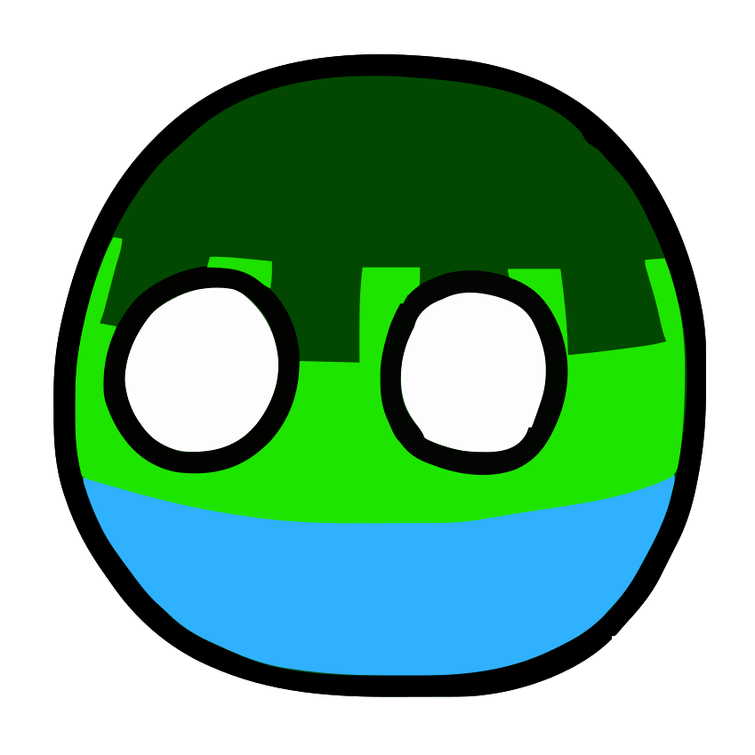Guinea-Bissau: Difference between revisions
No edit summary |
|||
| Line 29: | Line 29: | ||
== History == | == History == | ||
{{IncompSect}} | {{IncompSect}} | ||
On 24 September 1973, Guniea-Bissau declared independence from [[File:Portugal-icon.png]] [[Portuguese Empire|Portugal]]. This was recognized on September 10, 1974. [[File:MarxLenin-icon.png]] [[Marxism-Leninism|Luís Cabral]] becomes the first President. | |||
[[Category:Characters]] | [[Category:Characters]] | ||
[[Category:Countries]] | [[Category:Countries]] | ||
Revision as of 18:34, 9 June 2024
Guinea-Bissau is a small West African country. Officially known as the Republic of Guinea-Bissau, he is bordered by ![]() Senegal to the north,
Senegal to the north, ![]() Guinea to the south and east, and the
Guinea to the south and east, and the ![]() Atlantic Ocean to the west. Covering an area of approximately 36,125 square kilometers, he is home to an estimated population of around 2 million people.
Atlantic Ocean to the west. Covering an area of approximately 36,125 square kilometers, he is home to an estimated population of around 2 million people.
The economy of Guinea-Bissau is largely based on agriculture, with cashew nuts being the main export product. He, the country, also has significant potential in fishing and tourism, thanks to its beautiful archipelago of the ![]() Bijagós Islands, which boasts unique biodiversity and pristine beaches.
Bijagós Islands, which boasts unique biodiversity and pristine beaches.
History
 Unfinished Section This section is unfinished. There may be missing or incomplete information. Help out by researching and adding them! |
|---|
On 24 September 1973, Guniea-Bissau declared independence from ![]() Portugal. This was recognized on September 10, 1974.
Portugal. This was recognized on September 10, 1974. ![]() Luís Cabral becomes the first President.
Luís Cabral becomes the first President.

